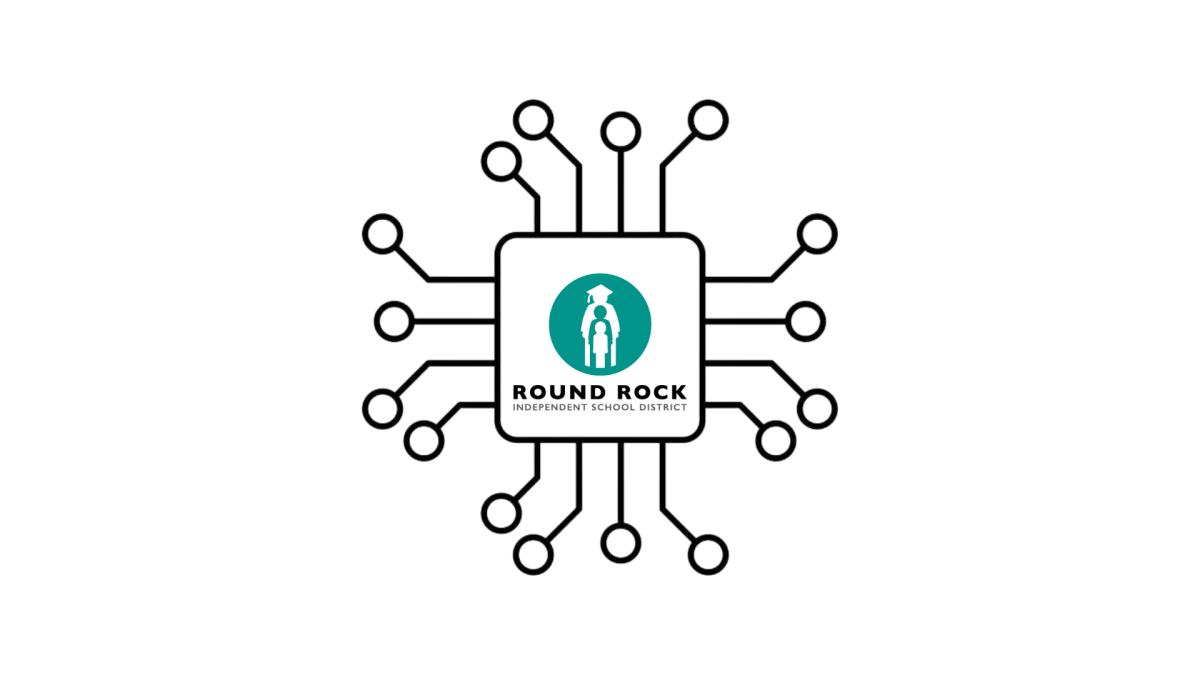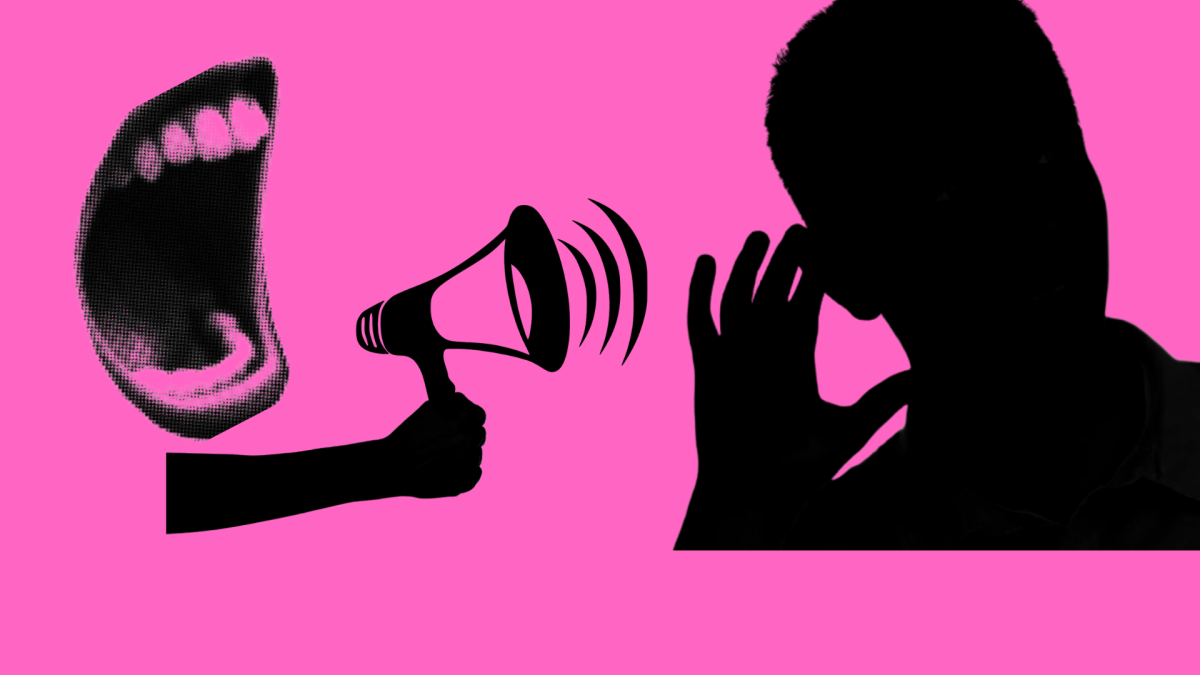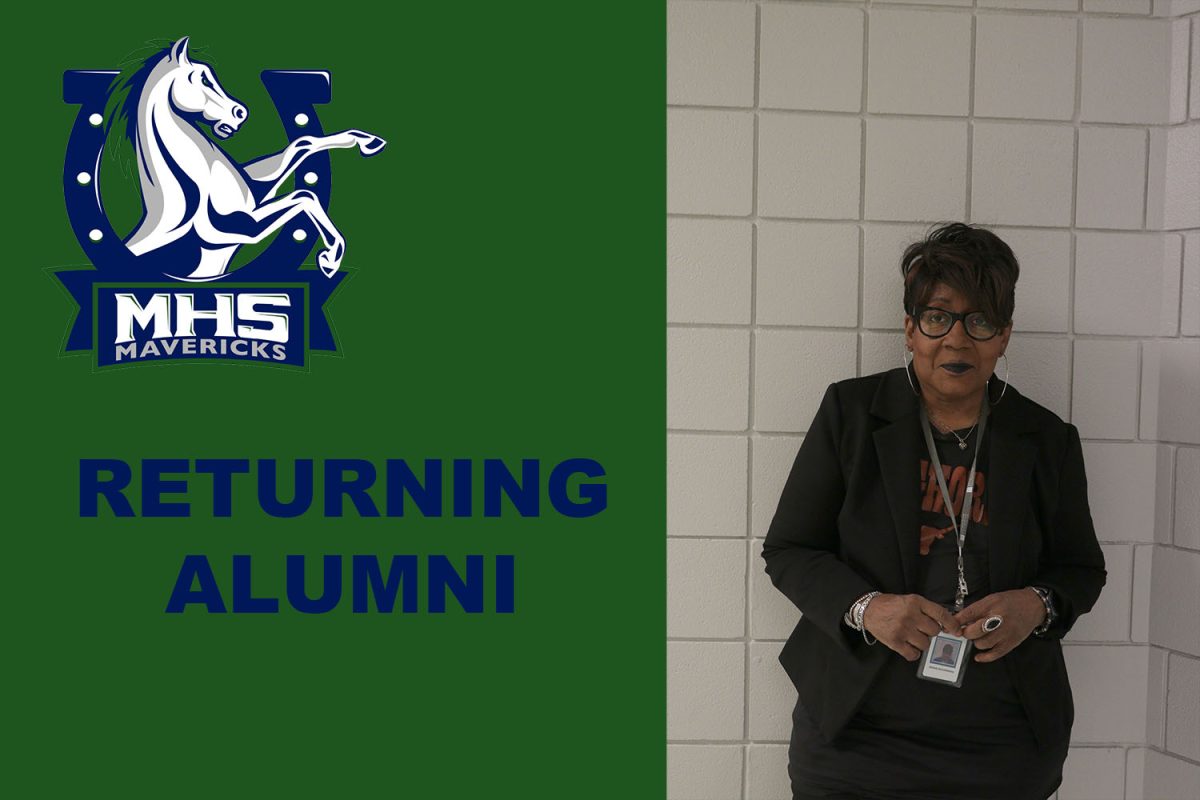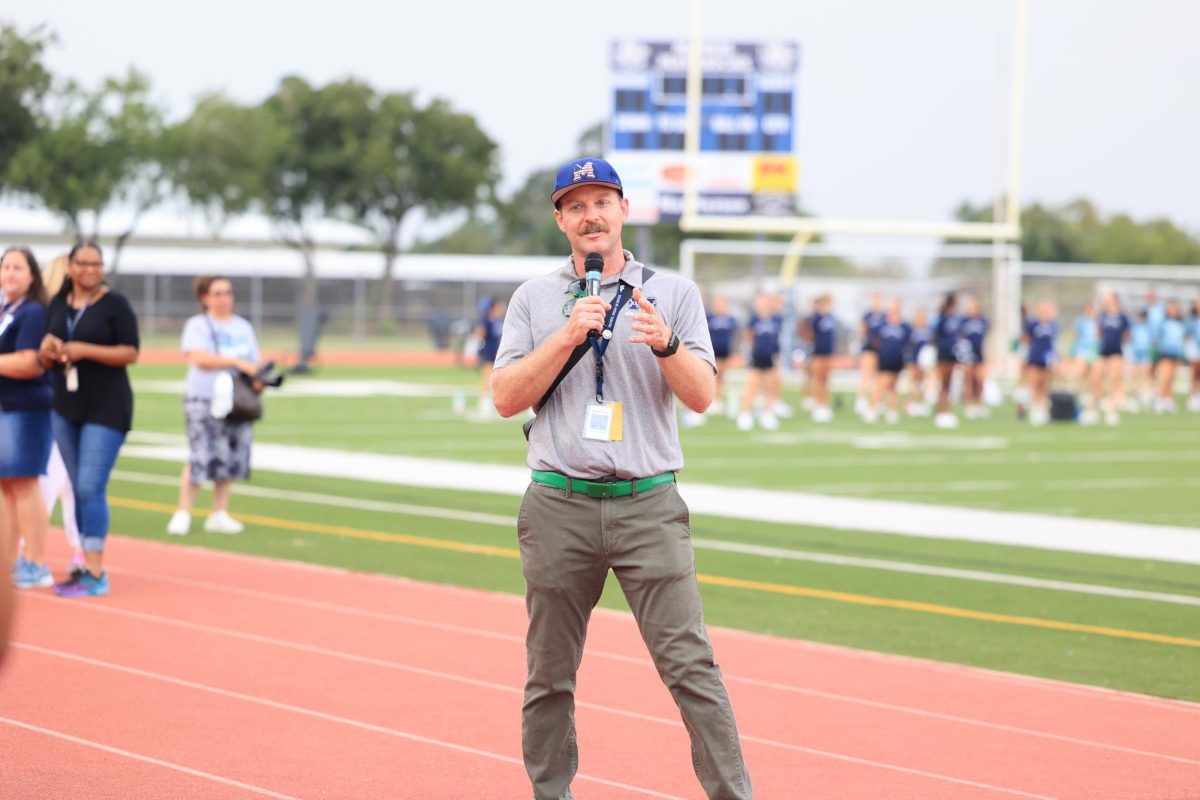Computers used to only be available to students in school libraries and now they are carried in each student’s backpack, scattered on every desk and more. This has resulted in an increase in the prevalence in online assignments, along with COVID-19 fully launching us forcefully into the digital world. However, newer doesn’t always mean better: traditional paper assignments should make a return.
Firstly, hand-writing things has long been hailed as the best tactic for remembering things. A recent 2021 study by the University of Tokyo, confirmed this. “In the study, a total of 48 volunteers read a fictional conversation between characters discussing their plans for two months in the near future, including 14 different class times, assignment due dates and personal appointments.” Participants were split into three groups: those who recorded the schedule with a paper and pen, a calendar app and a tablet with a stylus. After an hour, participants were given an exam regarding the future plans and were asked to fill in a calendar. Out of the three groups, the paper and pen group excelled: filling out the calendar in the shortest time and scoring the best on the test. This confirms that hand-writing on paper is the best memory aid compared to alternative methods. Therefore, students who utilize hand-writing and complete paper assignments will do better academically due to their enhanced active recall.
Secondly, bringing paper assignments back would hinder cheating. With laptops, students have easy access to answers online. A simple search of a homework or test question could bring up a myriad of websites, forums and images with a correct answer. Not to mention the spike in popularity in applications like ChatGPT, an AI chat-bot that can solve math problems, collect histories, summarize texts, write essays and more. On another note, digital assignments means that teachers won’t catch cheating as easily. Students don’t have to even write out answers themselves, as the lack of unique handwriting is hidden behind a font. If it wasn’t for a drastically different, robotic tone or vocabulary change, unoriginal work might pass off undetected.
The George Lucas Educational Foundation recapped the results to a 2012 study by Donald McCabe, a business professor at Rutgers University. He “(…) found that more than 60 percent of surveyed [college] students who had cheated considered digital plagiarism to be ‘trivial’ –effectively, students believed it was not actually cheating at all.” In summary, digital assignments encourage and enable cheating. By bringing back paper assignments, it may force students to be more integral about their work. In any case, if the rate of cheating does not decrease, at least the act of personally handwriting the answers would allow for better memory of it, as proven above. Overall, paper assignments would improve students’ academic performance.
Similarly, the function of analog writing can help with spelling and reading. For young, incoming students, paper assignments could be integral to building the foundation for success in their education.
A group of neuroscientist and psychiatric professors in Germany conducted a study in 2019 to analyze the effects of manual writing on letter recognition. A large sample of 147 German preschoolers, ages four to six, were taught how to write 16 letters of the German alphabet. The children were either given a paper and pencil, stylus with a tablet or laptop with a keyboard. After seven weeks of training, the subjects were given tests to gauge the strength of each material on learning. “In the letter recognition test, the children from the pencil group showed a significantly larger learning gain (…) than the children from the keyboard group.” In short, non-digital writing was proven to cause the greatest improvements in learning.
To conclude, paper assignments and the writing that is required and incorporated into them would cause better memory, less cheating and better reading performances for students. In a revolutionary digital world, it might still be better to go with the old school way.













